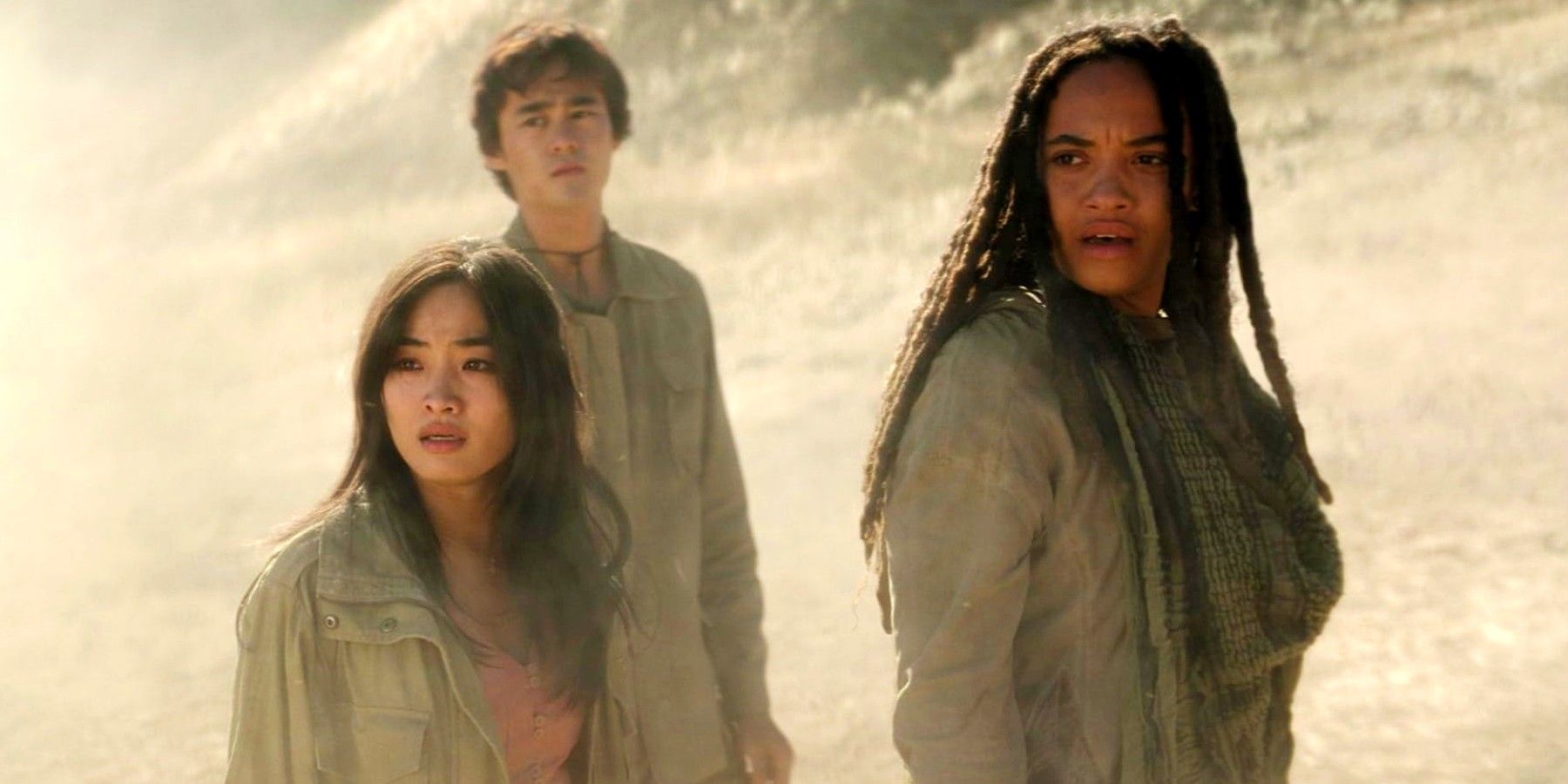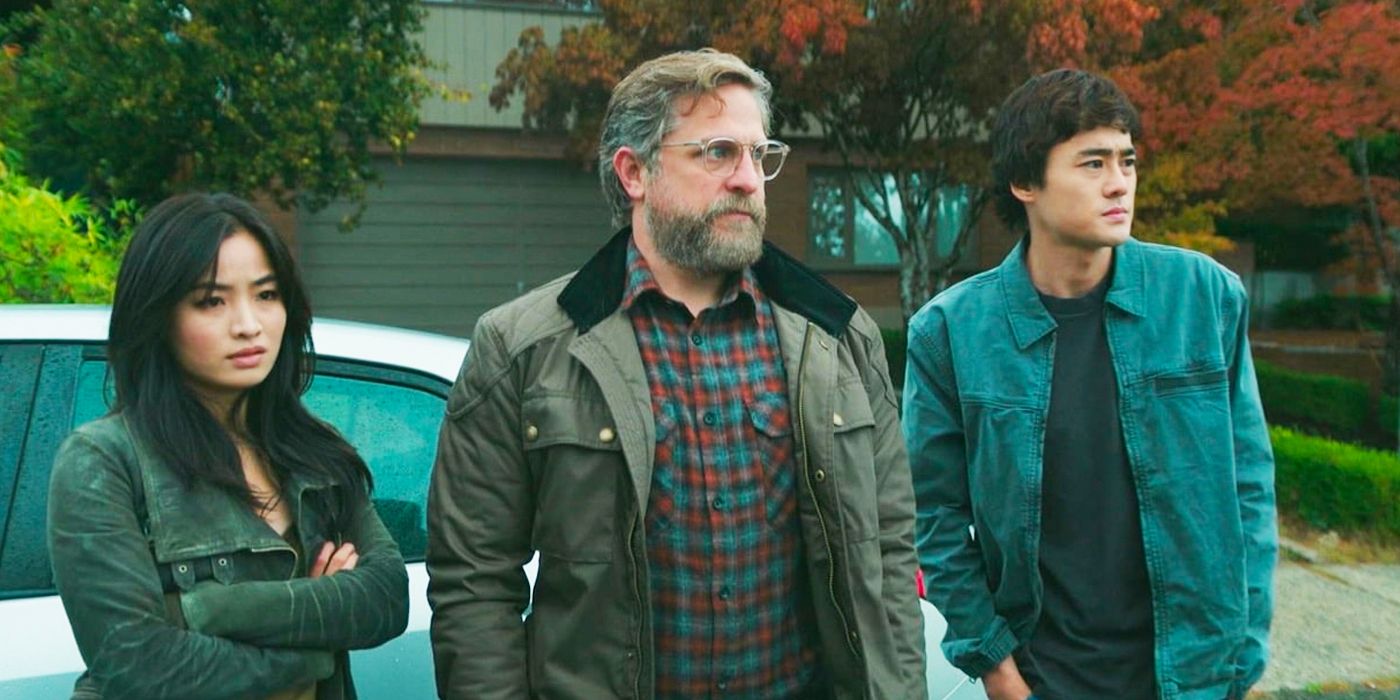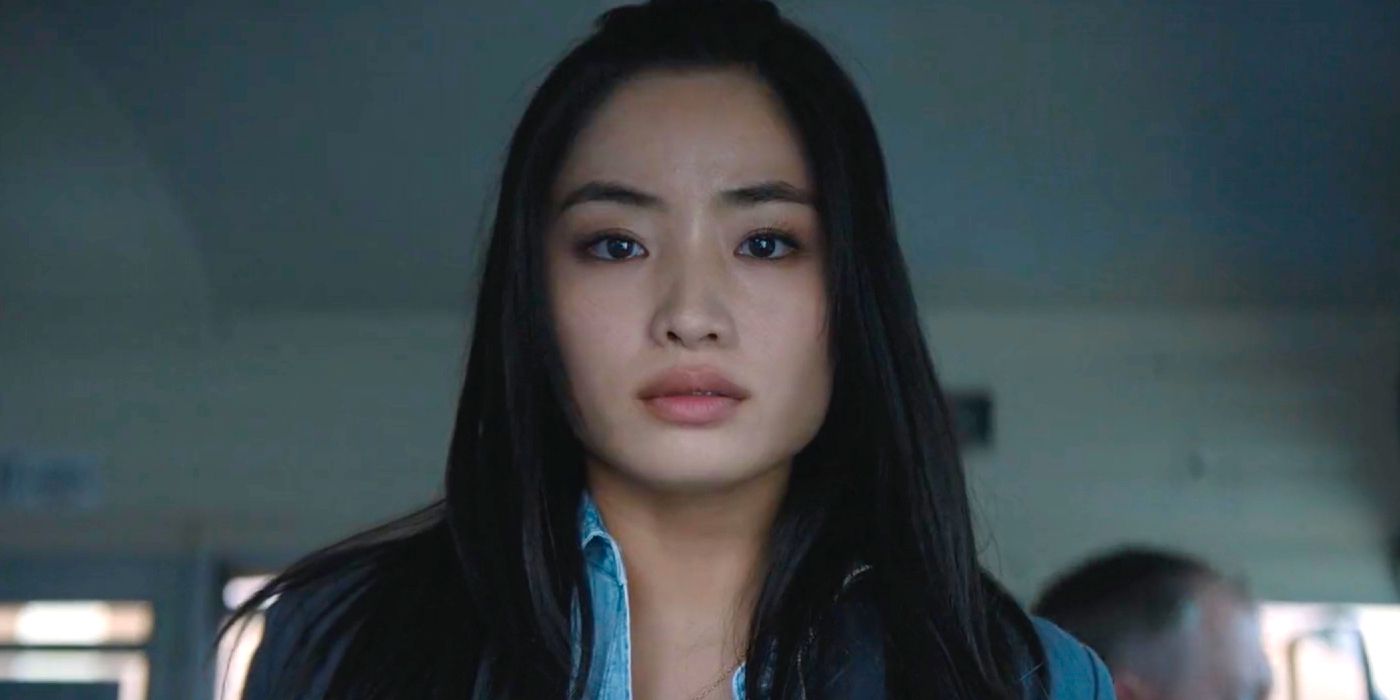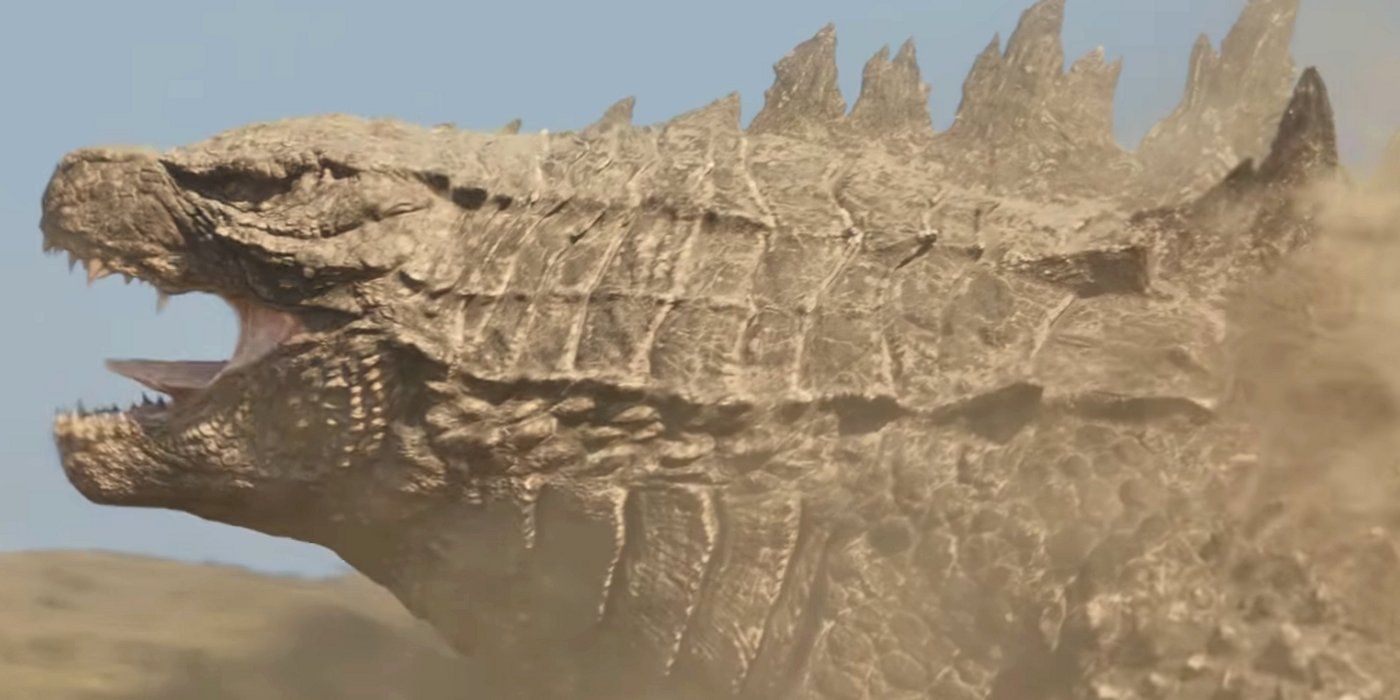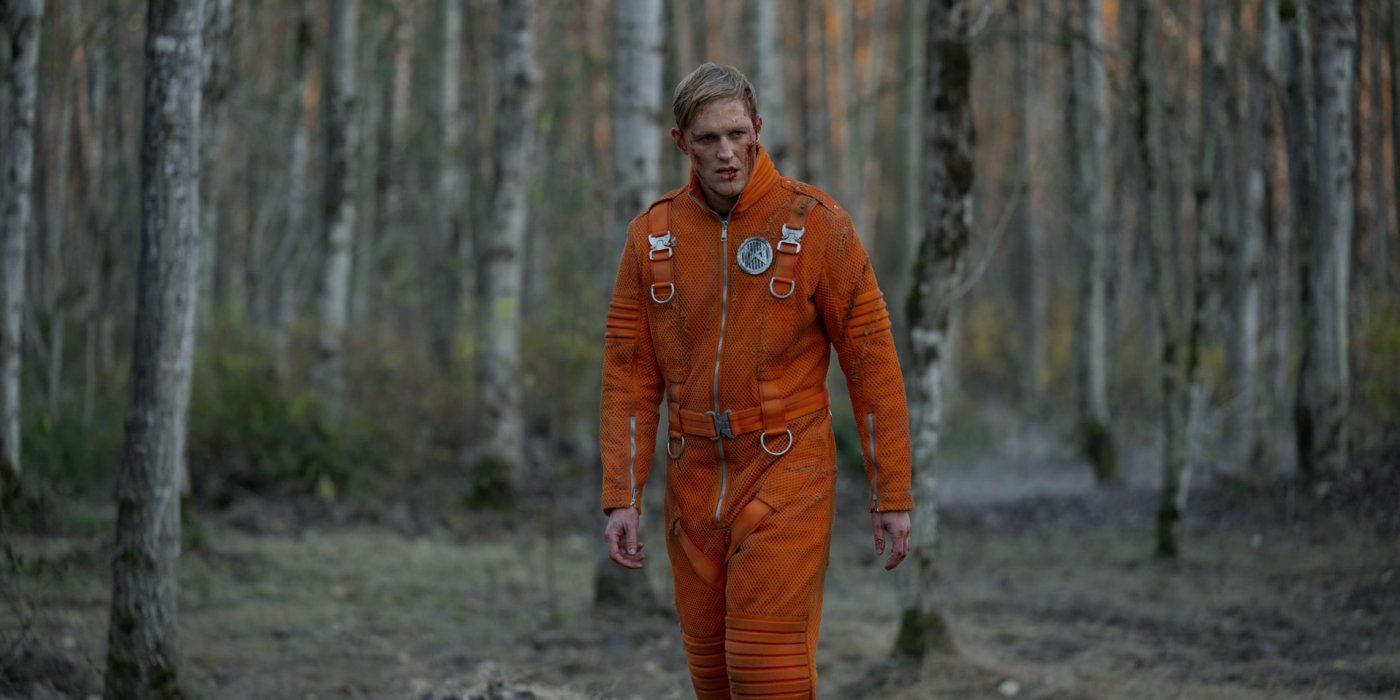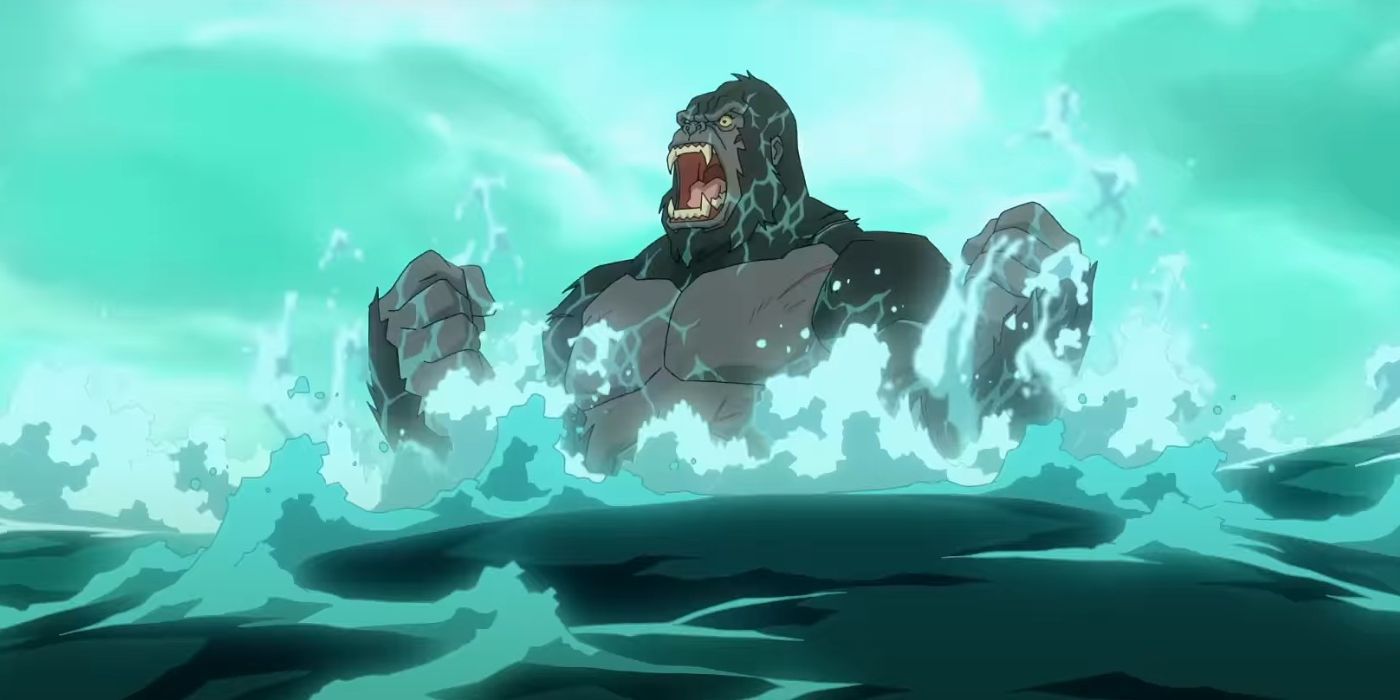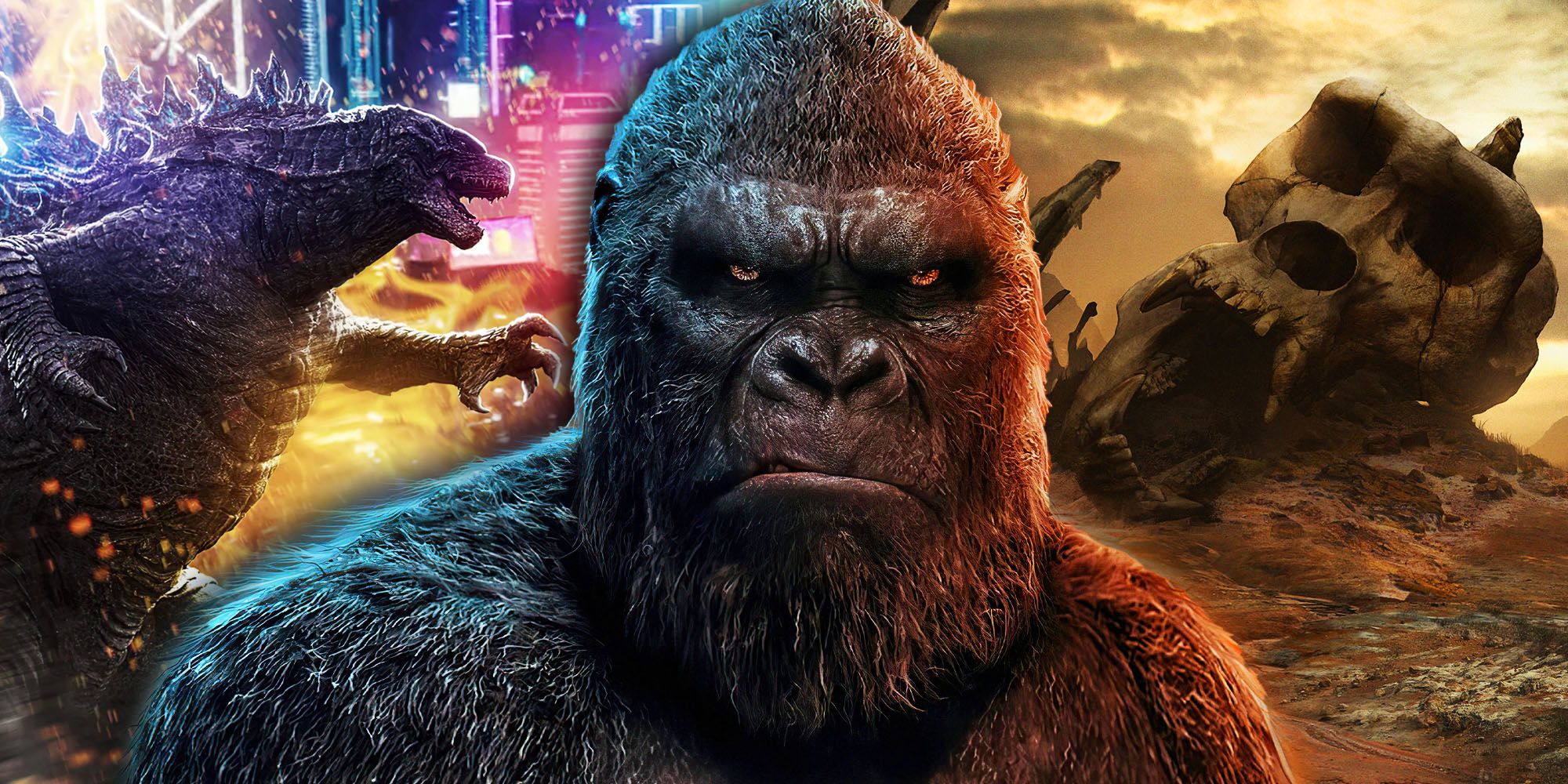
Exploring Monarch: Legacy of Monsters - A Ground-Level Look at the MonsterVerse

Monarch: Legacy of Monsters offers a unique perspective on the MonsterVerse, focusing on the founding of the Monarch organization and the lives of ordinary people after the events of Godzilla. Despite its name, the show spends more time exploring its human characters rather than its actual monsters, creating a compelling narrative with a two-timeline approach. This article delves into the behind-the-scenes operations of Monarch and Apex Cybernetics, the reasons for the show's focus on human characters, and the impact of this approach on the MonsterVerse.
The Two-Timeline Approach
Monarch: Legacy of Monsters provides a ground-level look at the MonsterVerse, exploring the founding of the Monarch organization and the lives of ordinary people after the events of 2014's Godzilla through its unique two-timeline approach. The series fills in gaps between Legendary's MonsterVerse movies, primarily between 2014's Godzilla and 2019's Godzilla: King of the Monsters, while also setting up the events of Kong: Skull Island with its 1950s timeline. This approach offers a fresh perspective on the MonsterVerse, diving into the behind-the-scenes operations of factions like Monarch and Apex Cybernetics.
Anna Sawai Ren Watabe and Kiersey Clemons in the desert looking shocked in Monarch Legacy of Monsters season 1
The show's two-timeline approach adds depth to the MonsterVerse, providing insights into the events that shaped the organization and the impact of these events on the lives of ordinary people. By exploring the human side of the MonsterVerse, Monarch: Legacy of Monsters offers a more nuanced and immersive experience for viewers, delving into the mysteries of the Randa family and the Monarch organization.
Anna Sawai as Cate Randa, Ren Watabe as Kentaro Randa, and Joe Tippett as Tim in Monarch Legacy of Monsters
Focusing on Human Characters
Despite its name, Monarch: Legacy of Monsters spends most of its time focusing on its human characters rather than its actual monsters. Showrunner Chris Black highlighted the reasons for this approach in a recent interview, emphasizing the practical and creative considerations that influenced the show's narrative direction. The decision to focus on human characters was driven by budgetary constraints and the desire to create a compelling sustained story that resonates with viewers.
Anna Sawai as Cate Randa standing on a bus looking worried in Monarch: Legacy of Monsters episode 5.
The show's choice to focus on the Randa family and other human characters adds depth to the MonsterVerse, creating a character-based drama that resonates with the audience. By investing in the relationships and dynamics between the protagonists, the show builds tension and emotional impact, making each character's journey a central focus of the narrative. This approach not only enhances the storytelling but also allows for a more restrained and impactful portrayal of the Titans within the MonsterVerse.
Impact on the MonsterVerse
The restraint shown by Monarch: Legacy of Monsters in its portrayal of Titans has significant implications for the broader MonsterVerse. By focusing on the human characters and limiting the appearances of the Titans, the show ensures that each Titan appearance is a game-changer, contributing to the overall narrative of the MonsterVerse. This approach adds depth and significance to the Titans within the storyline, making their appearances impactful and integral to the evolving narrative of the MonsterVerse.
Godzilla in Algerian Desert in Monarch Legacy of Monsters
Furthermore, the restraint exhibited by the show opens up possibilities for future seasons, allowing for compelling reveals and the potential for sustained growth in the narrative. The intentional choice to prioritize character-driven storytelling over constant Titan fights sets the stage for a more nuanced and enduring exploration of the MonsterVerse in future seasons, maintaining the show's unique perspective and narrative impact.
Lee Shaw In Monarch LEgacy of Monsters episode 9
